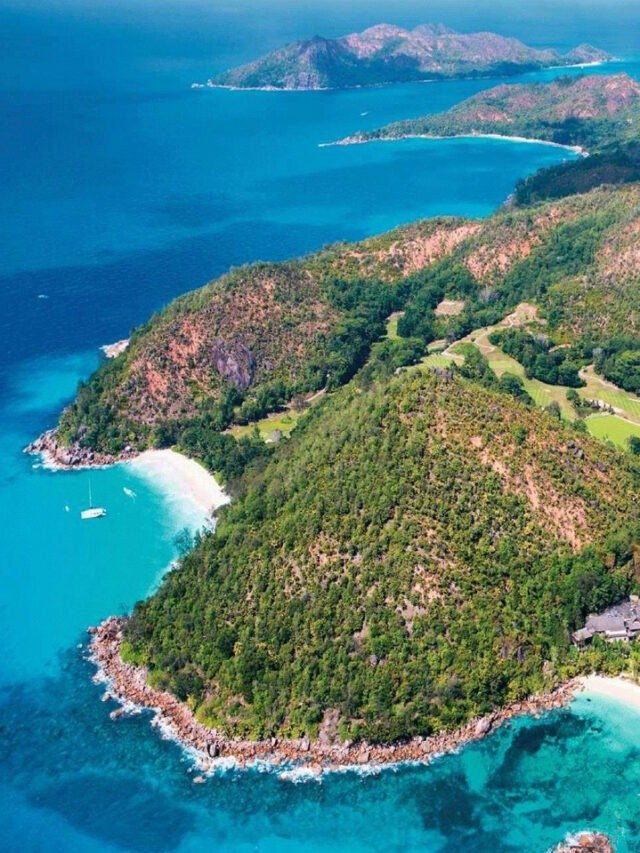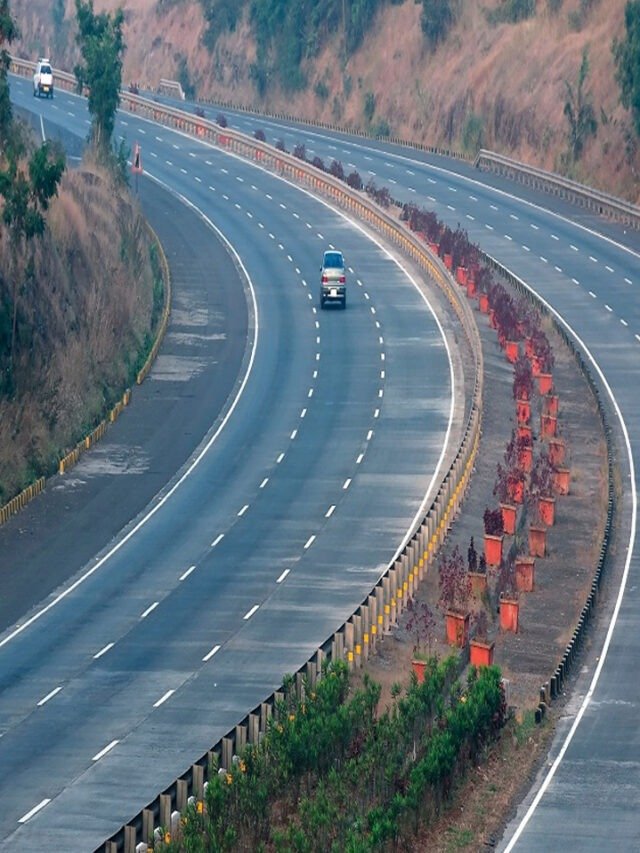On September 23, the value of the rupee vis-a-vis the dollar fell to a new low: it crossed 81 to a dollar after some weeks of relative stability when it hovered between 79 and 80. And it fell despite the Reserve Bank’s running down of foreign exchange reserves in a bid to hold up its value. Foreign exchange reserves had reached their highest level in October last year, but since then there has been a decline by over USD 90 billion until September 23 to just below USD 550 billion. A part of this decline is because of revaluation: reserves are held in several currencies apart from the dollar, and the decline in the value of the euro vis-a-vis the dollar has been a contributory factor to the fall in the dollar value of our reserves, but the bulk of the fall has been on account of the RBI’s selling off dollars to hold the rupee stable. And yet the rupee has fallen. With the rupee’s fall, our imports become costlier, especially universal intermediaries like oil, whose dollar price, in any case, has increased in the world market in the wake of the Western sanctions imposed on Russia. The fall in the value of the rupee only adds to the cost of imported oil.
There is however a further issue here. Even if there was no exacerbation of inflation because of a fall in the value of the rupee, that is, even if we assume for argument’s sake that the rise in the cost of imports owing to exchange rate depreciation was instantaneously offset by a fall in money wages to keep prices stable, even then such a depreciation of the rupee would generate expectations in the minds of speculators of further depreciation, and they would jump further from the rupee, thereby ensuring that these expectations realise themselves; and the fact that the reserves left with the RBI to defend the rupee have been declining would only strengthen expectations of such a further fall. Thus, quite apart from the inflation-depreciation spiral, there is another independent spiral also in operation: depreciation leading to expectations of further depreciation and hence to actual further depreciation. The economy is getting caught in both these spirals, and the working people of the country would be at the receiving end of both spirals.
The widening of the current account deficit is largely on account of a widening of the trade deficit. India’s imports are growing at a faster rate than its exports. The Government has of course been claiming that the faster rise in imports is because of the rapid recovery of the economy from the effects of the pandemic, but this is baseless. If we compare the first quarter of 2019-20 with the first quarter of 2022-23, that is, a ‘normal’ pre-pandemic quarter with a ‘normal’ post-pandemic quarter, the trade deficit increased from 4 percent of GDP to 5.3 percent of GDP, even though the GDP itself increased only marginally between these two quarters, by a mere 2.8 percent. It is for this reason that the imposition of trade and capital controls in third-world economies should constitute a normal state of affairs, and neo-liberalism is a patently untenable situation. This basic fact had been temporarily lost sight of till now because of the special circumstances of the world economy; it is coming into the open now.









